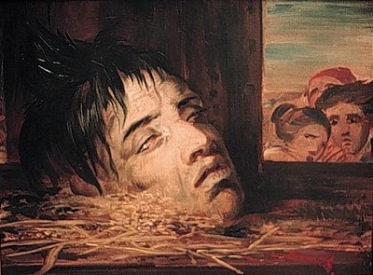
Detail from “The love potion”, by the nineteenth century Pre-Raphaelite Evelyn De Morgan. The tangled tale of Aqua Tofana is intimately connected to the “criminal magical underworlds” of the 17th century, which supplied love philtres, potions, medicines and poisons to a mostly female clientele.
Early in the autumn of 1791, while he was still hard at work on the great requiem mass that would form such a large part of his legend, Wolfgang Amadeus Mozart fell seriously ill. Convinced that there was no chance of recovery, he
began to speak of death, and asserted that he was setting the Requiem for himself… “I feel definitely,” he continued, “that I will not last much longer; I am sure that I have been poisoned. I cannot rid myself of this idea… Someone has given me acqua tofana and calculated the precise time of my death.
Scholars have wrangled now for two full centuries over the circumstances of the great composer’s passing. A handful have concluded that he really was murdered. Most support rival diagnoses of syphilis, rheumatic fever or even the deadly effects of eating undercooked pork chops. Whatever the truth, though, and however he died, Mozart was certainly convinced that there existed a rare poison, one that was colourless, tasteless, odourless, beyond detection – and also so flexibly murderous that a carefully-calculated dose could guarantee a victim’s death a week, a month or even a year after it had been administered.
Nor was the composer alone in this belief. Forgotten though it is today, the mysterious liquid that he feared so much was one of the great whispered secrets of early modern Europe. Aqua Tofana was credited with what amounted to supernatural powers, and blamed for hundreds of agonising deaths. Which is odd, since it is very far from clear that it ever existed – and, if it did, what it was, where it was invented, where first used, and when and how it got its name. Continue reading


